History
Building history
10th century
18th - 19th century
Building history of the cathedral.
Transmarus, bishop of Tournai and Noyon, is said to have consecrated a church on this site in 942 to Saint John the Baptist. This was followed in the mid 12th century by a romanesque church, traces of which visitors can still find in the the crypt decorated with murals.
In the Middle Ages, Ghent flourished into a powerlful city, allowing churches to be build larger and more lavishly. Saint John's Church was converted to the Gothic style during the 15th and 16th centuriess, and gradually took on its current form.
In 1536, on orders of Emperor Charles V, the centuries-old Saint Baafs Abbey was dissolved. Most of the abbey was demolished after the Ghent uprising in 1540 and converted into military barracks. The abbot and monks were secularized and given the title of canon. Their chapter transferred to Saint John's Chruch, which from then on was called Saint Baafs Church.
In 1559, the diocese of Ghent was established by which the church became Saint Bavo's Cathedral. In the long line of pastors of the diocese of Ghent, seventh bishop, Antonius Triest, must certainly be mentioned. The rich, baroque interior of the cathedral as we see it today bears his powerful imprint.
The diocese of Ghent was founded in 1559 and the church became St Bavo's Cathedral. Among the long line of shepherds of the diocese of Ghent, the figure of the seventh bishop, Antonius Triest, should certainly be mentioned. The cathedral's rich, baroque interior as we see it today bears his powerful stamp.
1150
As early as the tenth century the first parish church of Ghent, the Saint John’s Church, dedicated to Saint John the Baptist was located here. Where the first parish church stood, a completely new Romanesque church was built in the twelfth century, clearly recognizable by the typical round arches.
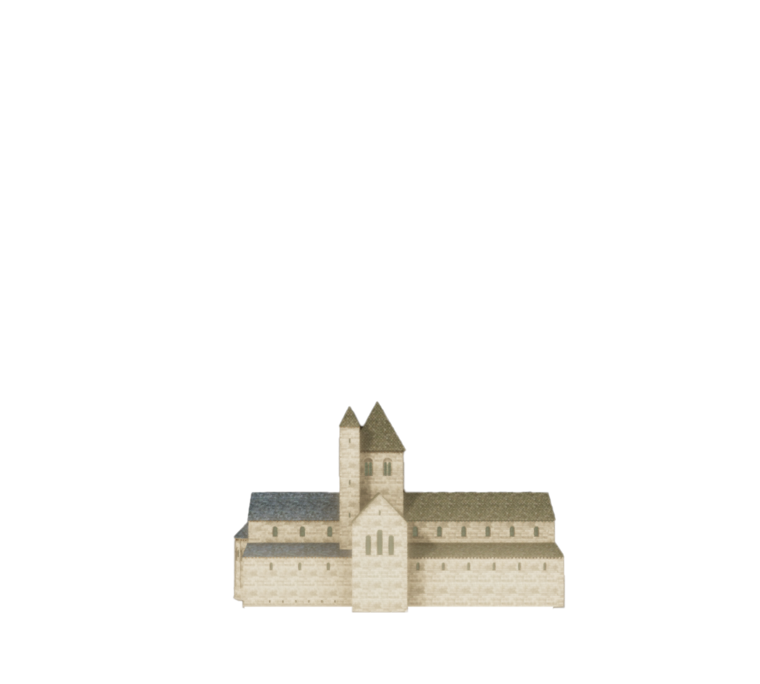
1353
From the end od the 13th century, extensive rebuilding took place, higher and higher, straight to heaven! On top of the old lower church emerged a tall Gothic choir with an immense vault where light poured in through the high windows.
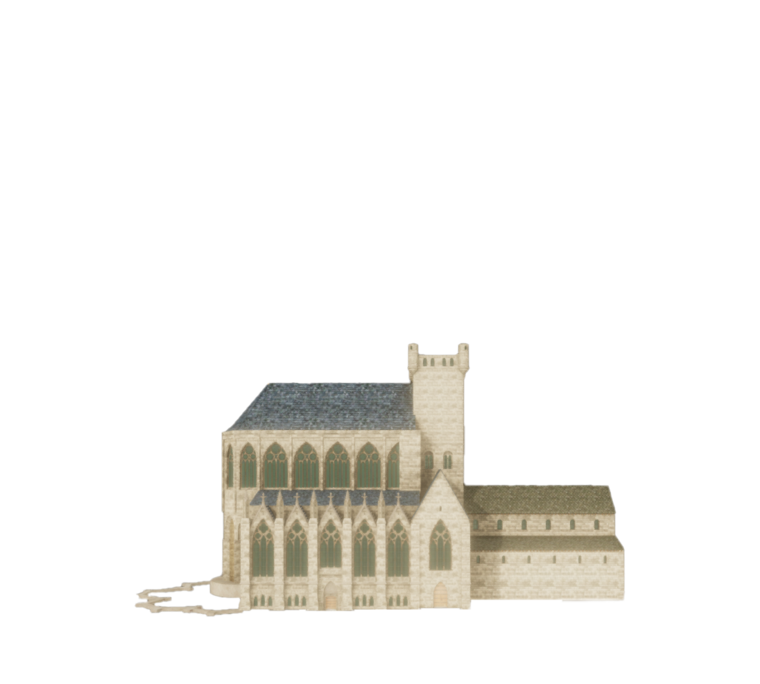
1390
Around the choir came an ambulatory with 14 chapels. In one of these chapels, The Adoration of the Mystic Lamb by the van Eyck brothers was given its place in 1432. It would turn out to be one of the most important events in Western art history.
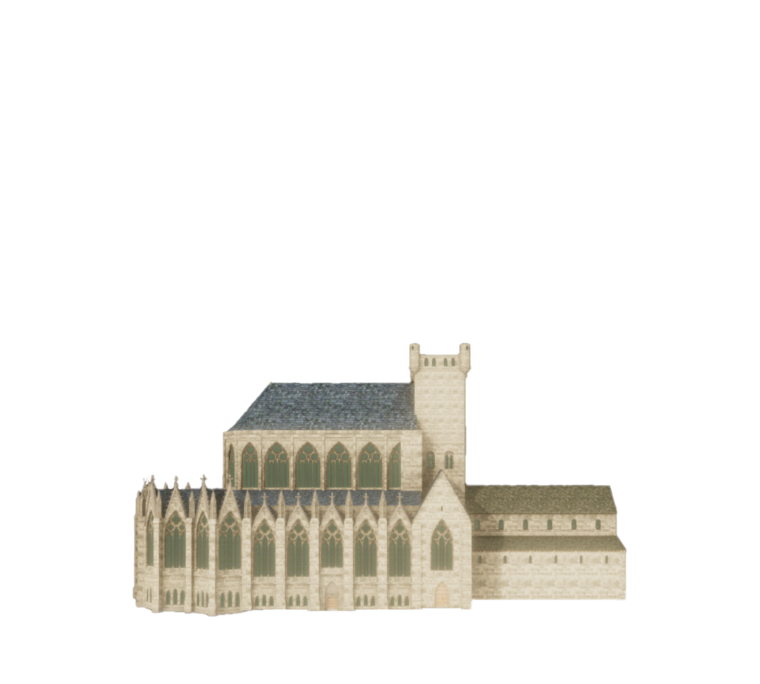
1534
In 1534, the construction campaign was crowned with an 89-meter-high west tower with a large spire.
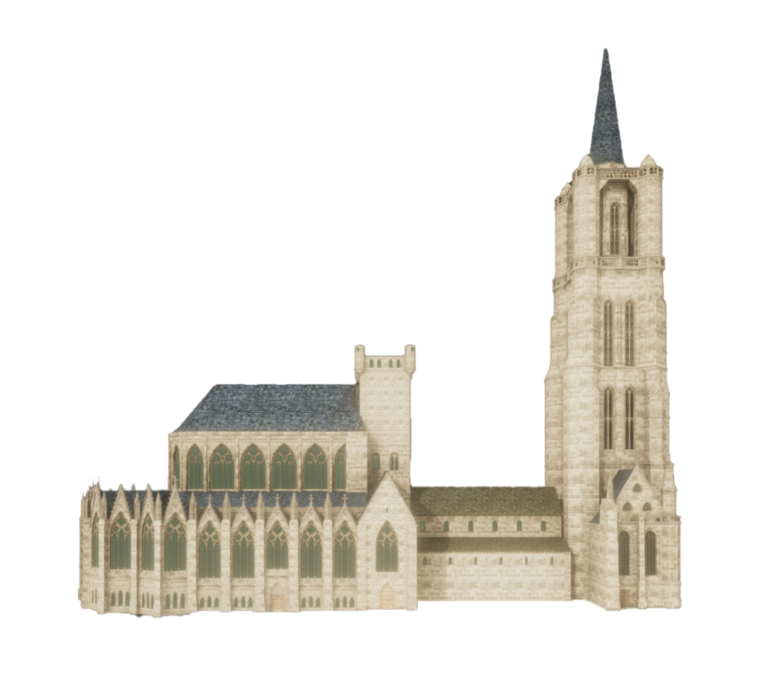
1590
The new nave was finished in 1590.
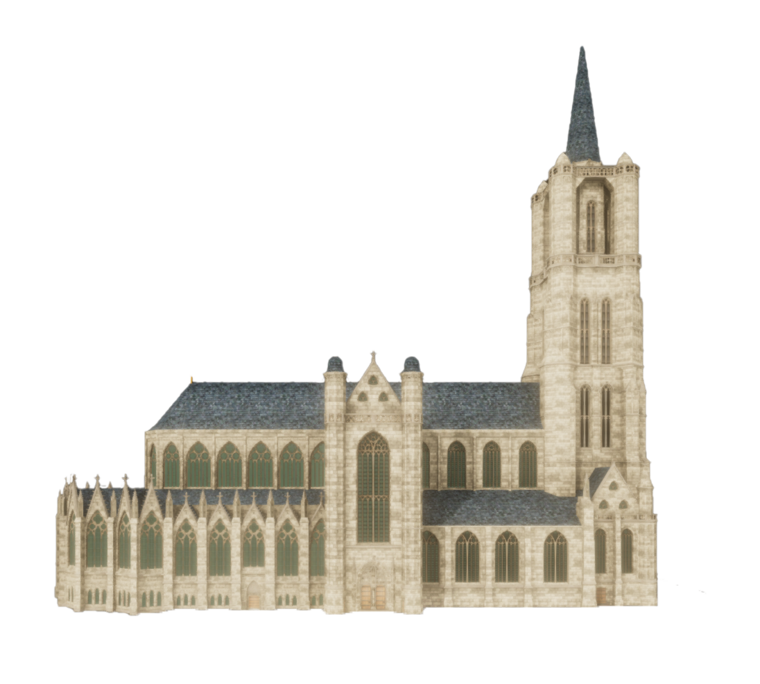
1630
In the time of bishop Antonius Triest, the cathedral was decorated according to the new zeitgeist with Baroque artworks od the highest standard, including the altarpiece The Conversion of Bavo by Pieter Paul Rubens.
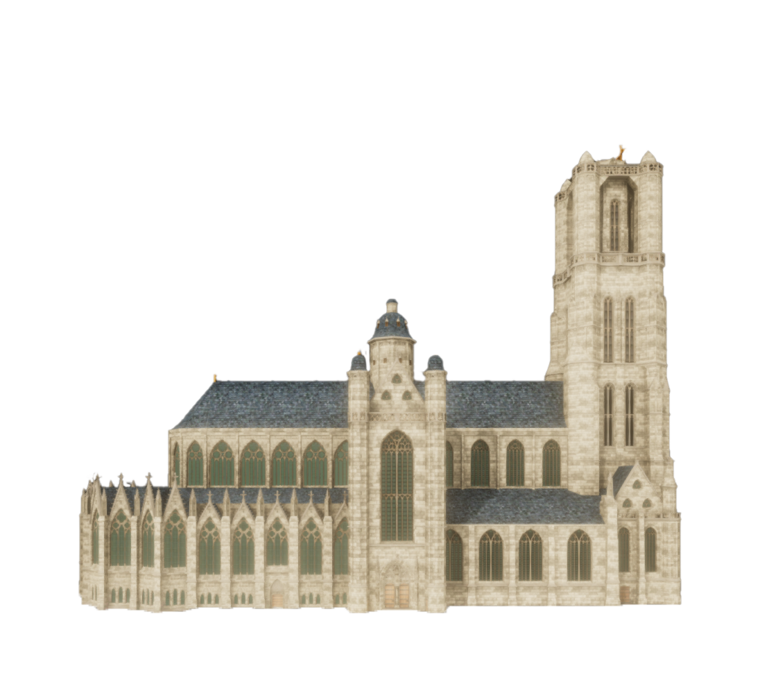
TODAY
Until the nineteenth century, the interior changed considerably. Slowly but surely the cathedral got its current view.
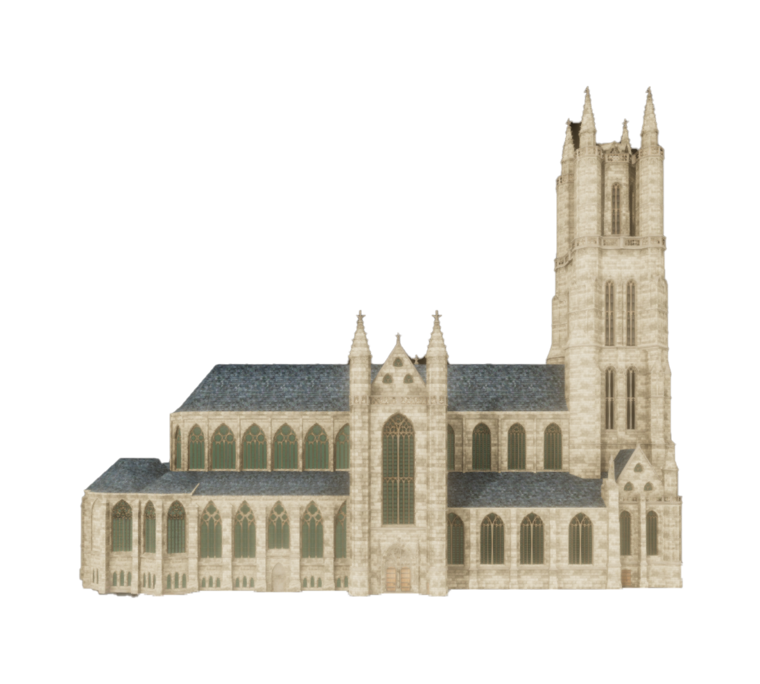
The relationship between the diocese and the cathedral
The newly founded diocese was smaller than the current diocese of Ghent. To the east, the Scheldt formed the border with the Archdiocese of Mechelen, although a number of places on the right bank such as Dendermonde and Wetteren were nevertheless added to the diocese of Ghent. Eeklo and surrounding parishes belonged to the diocese of Bruges.
After the annexation of our regions to revolutionary France in 1795, all French laws came into force. As a result, ecclesiastical institutions were disbanded and their goods nationalized, including all possessions of the chapter of Saint Bavo and the diocese of Ghent. By the Napoleonic Concordat with Pope Pius VII in 1801, the dioceses of Ypres and Bruges were not re-established, but formed what are now East and West Flanders, together the diocese of Ghent. Not much later on May 24, 1834, Pope Gregory XVI rebuilt the diocese of Bruges by papal bull, with the present province of West Flanders as territory.
What is the function of a chapter?
The Saint Bavo Chapter was re-established by the 1801 Concordat, and the canons received certain power under canon law. Since the new ecclesiastical law of 1983, the chapter of Saint Bavo has been charged with giving the liturgical celebrations in the cathedral the necessary splendor. The members of the chapter (about 20) usually have a job in the administration of the diocese. Since the 15th century, there has been a bond of friendship between the chapter of Ghent and that of Haarlem (the Netherlands).

